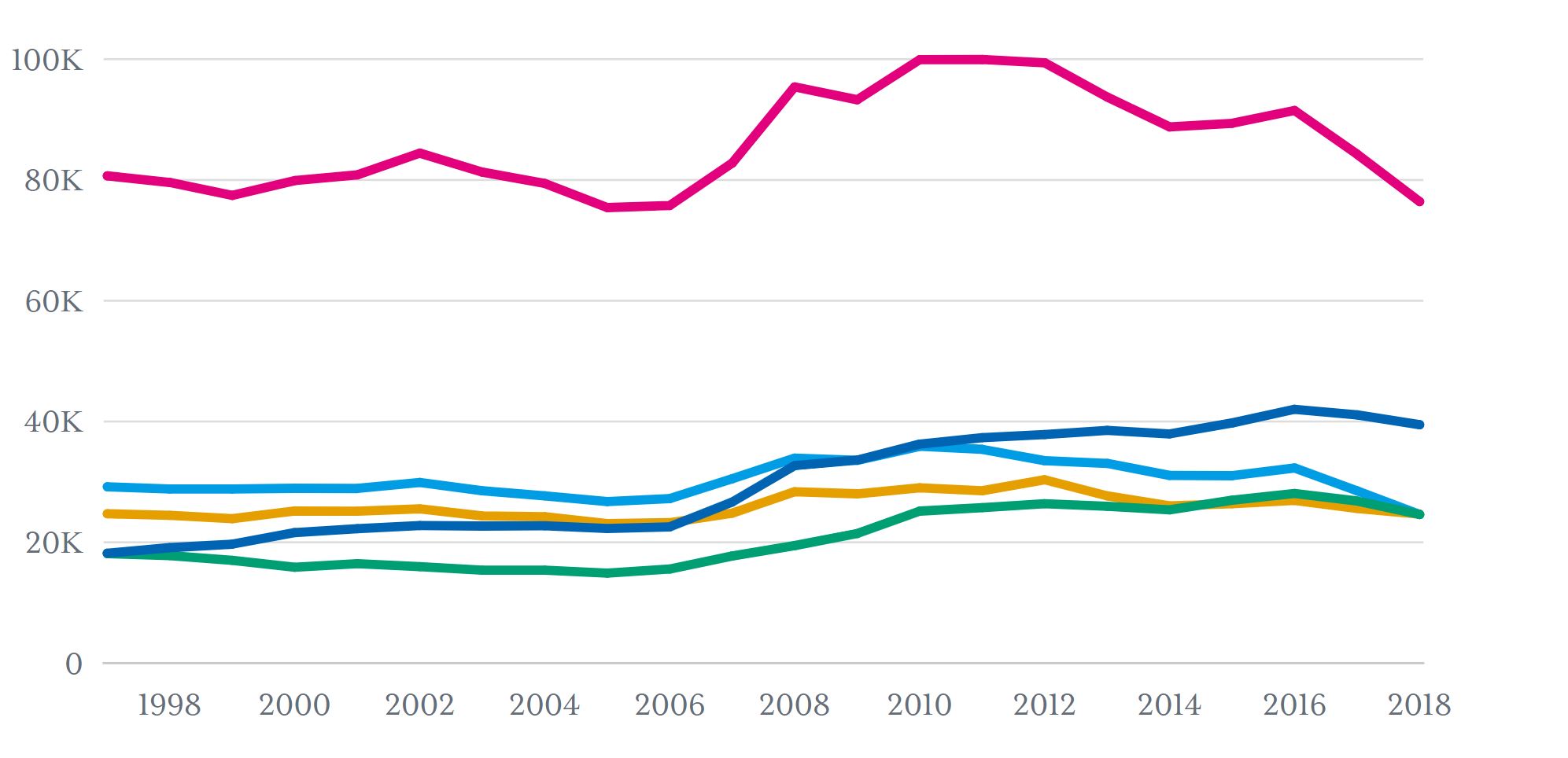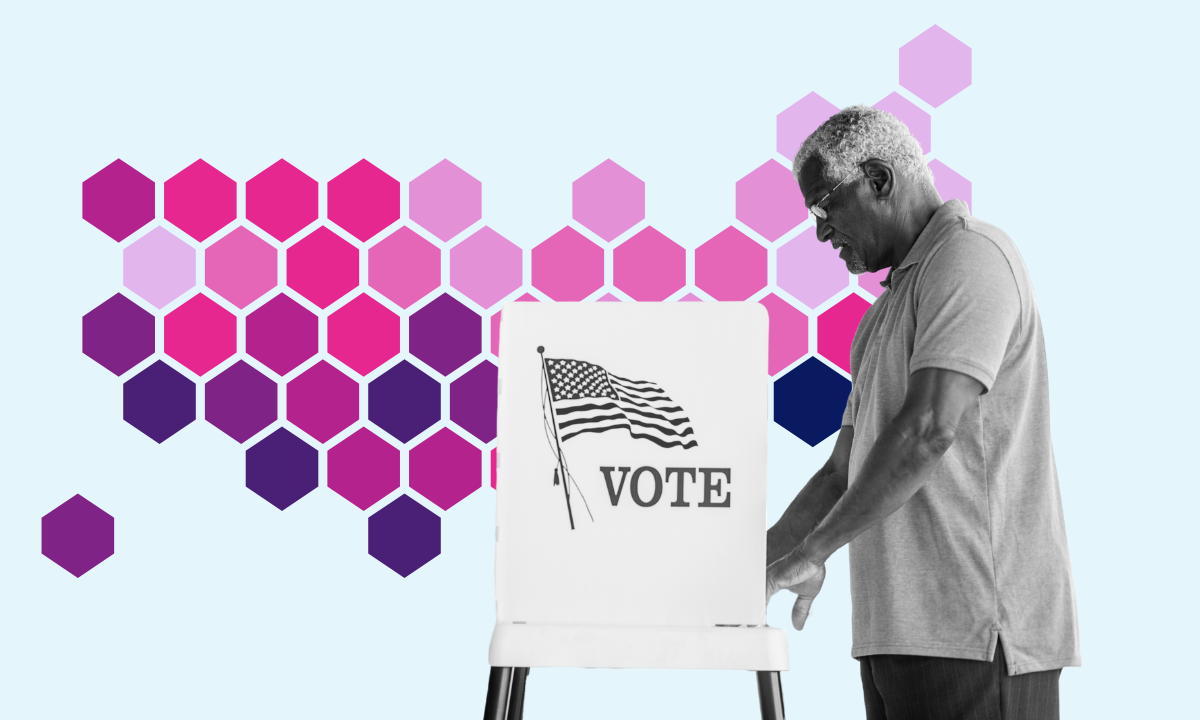Population
Ahead of Supreme Court hearing, here's a look at the data on LGBTQ workplace discrimination cases

The Census Bureau reported that 30% of American adults had symptoms consistent with an anxiety or depression diagnosis as of May 24. While the pandemic has exacerbated underlying mental health issues for many Americans, barriers to receiving mental health care have existed for years.
A central issue is the lack of mental health care professionals. The Health Resources and Services Administration tracks health professional shortage areas, which are geographic areas, population groups, or health care facilities designated as having a shortage of health providers. Areas are designated as having a shortage if they meet certain criteria: the ratio of mental health providers (e.g., psychiatrists, clinical social workers, therapists, etc.), the poverty rate, the proportion of the area that is either young or elderly, the prevalence of alcohol and substance abuse, and travel time to a facility.
An estimated 122 million Americans, or 37% of the population, lived in 5,833 mental health professional shortage areas as of March 31. The nation needs an additional 6,398 mental health providers to fill these shortage gaps.
Mental health shortages range in severity across the country. Two-thirds of shortage areas are in rural or partially rural parts of the country. Wyoming and Utah have the largest proportion of population living in mental health shortage areas, at 96.4% and 83.3%, respectively. New Jersey and Massachusetts have the lowest proportions, at 0.4% and 4.0%, respectively.
States also range in the number of providers needed to fill shortages. For example, Delaware requires 15 more mental health providers to resolve its shortage, whereas Texas needs an additional 638.
The government identifies shortage areas so it can address them with proper resources. For example, the Health Resource and Services Administration (HRSA) administers the National Health Service Corps, which provides loan repayment or scholarship for those providing health care services in underserved communities. In addition to similar financial incentives, the HRSA will waive the residency requirements for J-1 visa holders who agree to deliver health care for three years in a health care professional shortage area, encouraging foreign providers to address the needs of underserved areas.
The HRSA also runs several training programs to address the shortage of mental health professionals. The HRSA manages the Behavioral Health Workforce Education and Training program, which provides training funding for colleges, universities and training schools preparing people for behavioral health jobs with an emphasis helping people from underrepresented minority or disadvantaged backgrounds. In the 2018-2019 academic year, 4,104 people completed behavioral health training programs funded by the HRSA. In comparison, 1,560 did in the 2014-2015 academic year.
There are currently over half a million people working in mental health roles like psychiatry, psychology, counseling, and therapy. The largest occupational group is substance abuse, behavioral disorder, and mental health counselors, which generally require a bachelor’s degree and had a median annual wage of $47,660 in 2020.
Most mental health professions require at least a bachelor’s degree, except for psychiatric nurses, and many require additional post-graduate education and certification. Clinical psychologists usually need a Doctor of Philosophy in psychology (PhD) or a Doctor of Psychology (PsyD) degree.
Read more about how mental health has changed throughout the pandemic, follow how healthcare jobs have grown over the past two decades, and get the data directly in your inbox by signing up for our newsletter.
Population
Population
Population
Population
Newsletter
Keep up with the latest data and most popular content.


